Newly transplanted trees browning - transplant shock, overwaterin
bobert18
9 years ago
Featured Answer
Sort by:Oldest
Comments (20)
bobert18
9 years agolast modified: 9 years agoken_adrian Adrian MI cold Z5
9 years agolast modified: 9 years agoRelated Professionals
Brentwood Landscape Architects & Landscape Designers · Ferndale Landscape Architects & Landscape Designers · La Marque Landscape Architects & Landscape Designers · Brooklyn Center Landscape Architects & Landscape Designers · Darien Landscape Contractors · Eustis Landscape Contractors · Fort Payne Landscape Contractors · Hannibal Landscape Contractors · Kerman Landscape Contractors · Lake Saint Louis Landscape Contractors · Little Ferry Landscape Contractors · Munster Landscape Contractors · Palm Beach Gardens Landscape Contractors · Pleasant Prairie Landscape Contractors · Merrifield Landscape Contractorsbobert18
9 years agolast modified: 9 years agobobert18
9 years agolast modified: 9 years agodbarron
9 years agolast modified: 9 years agobobert18
9 years agolast modified: 9 years agodbarron
9 years agolast modified: 9 years agothe_yard_guy
9 years agolast modified: 9 years agobobert18
9 years agolast modified: 9 years agothe_yard_guy
9 years agolast modified: 9 years agothe_yard_guy
9 years agolast modified: 9 years agobobert18
9 years agolast modified: 9 years agothe_yard_guy
9 years agolast modified: 9 years agoillinois_john
9 years agolast modified: 9 years agobobert18
9 years agolast modified: 9 years agothe_yard_guy
9 years agolast modified: 9 years agobobert18
9 years agolast modified: 9 years agobobert18
9 years agolast modified: 9 years agoedlincoln
9 years agolast modified: 9 years ago
Related Stories

TREESHow to Buy Healthy Trees and Shrubs
A healthy young plant with a strong form is more likely to do well in your yard. Here’s what to look for at the nursery
Full Story
FALL GARDENING6 Trees You'll Fall For
Don’t put down that spade! Autumn is the perfect time for planting these trees
Full Story
TREESGreat Design Plant: Southern Magnolia, Iconic U.S. Native
Massive, fragrant blooms and deep green leaves set Magnolia grandiflora apart from other large shade trees
Full Story
FALL GARDENINGMake This Fall’s Garden the Best Ever
Learn the most important tip for preventing buyer’s remorse, plus get more valuable buying and planting advice
Full Story
TRANSITIONAL HOMESHouzz Tour: New Homeowners Find Their Style
Homework assignments help reveal a couple’s tastes and lead to a home filled with textures and organic tones
Full Story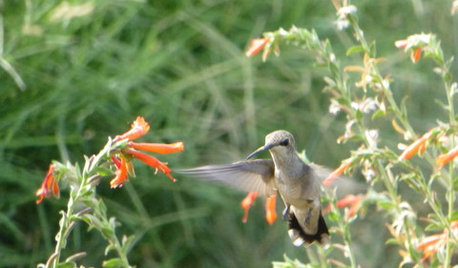
GARDENING GUIDESSweet Serendipity: Opening to Happy Garden Discoveries
Unplanned nature scenes can be unbelievably beautiful; you just need to know how to look
Full Story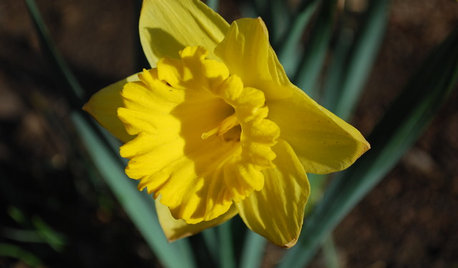
GARDENING GUIDESRocky Mountain Gardener's September Checklist
Sharpen your spade and grab your gloves — warm days and cool nights in the garden mean it's planting time
Full Story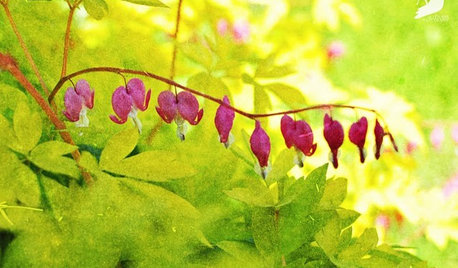
GARDENING AND LANDSCAPINGGarden Musts for April
There's plenty to do in your garden this month without mucking around in the mud. Think seeds and let the rain do its work
Full Story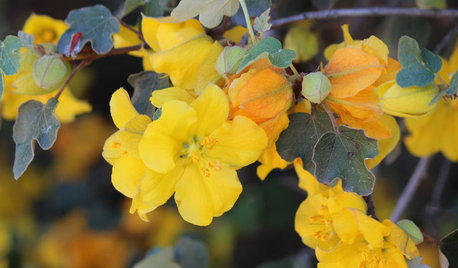
CALIFORNIA GARDENINGCalifornia Gardener's May Checklist
Only one major chore but a plethora of planting possibilities means a delightful month in California gardens
Full Story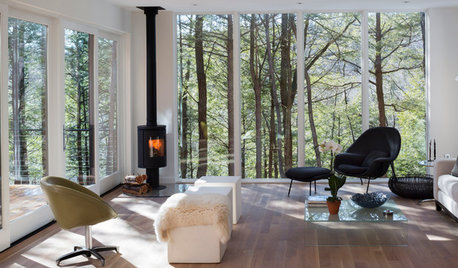
MODERN HOMESHouzz Tour: Creek Views Star in a Modern New York Home
Natural materials, all-white interiors and generous windows put the focus on forest and water in this weekend home for a family
Full StorySponsored
Columbus Area's Luxury Design Build Firm | 17x Best of Houzz Winner!
More Discussions











ken_adrian Adrian MI cold Z5